Imagination Blueprint, Liberation Technologies: A Conversation with Free Black Dirt
Mn Artists welcomes Free Black Dirt as the guest editors of our editorial platform.
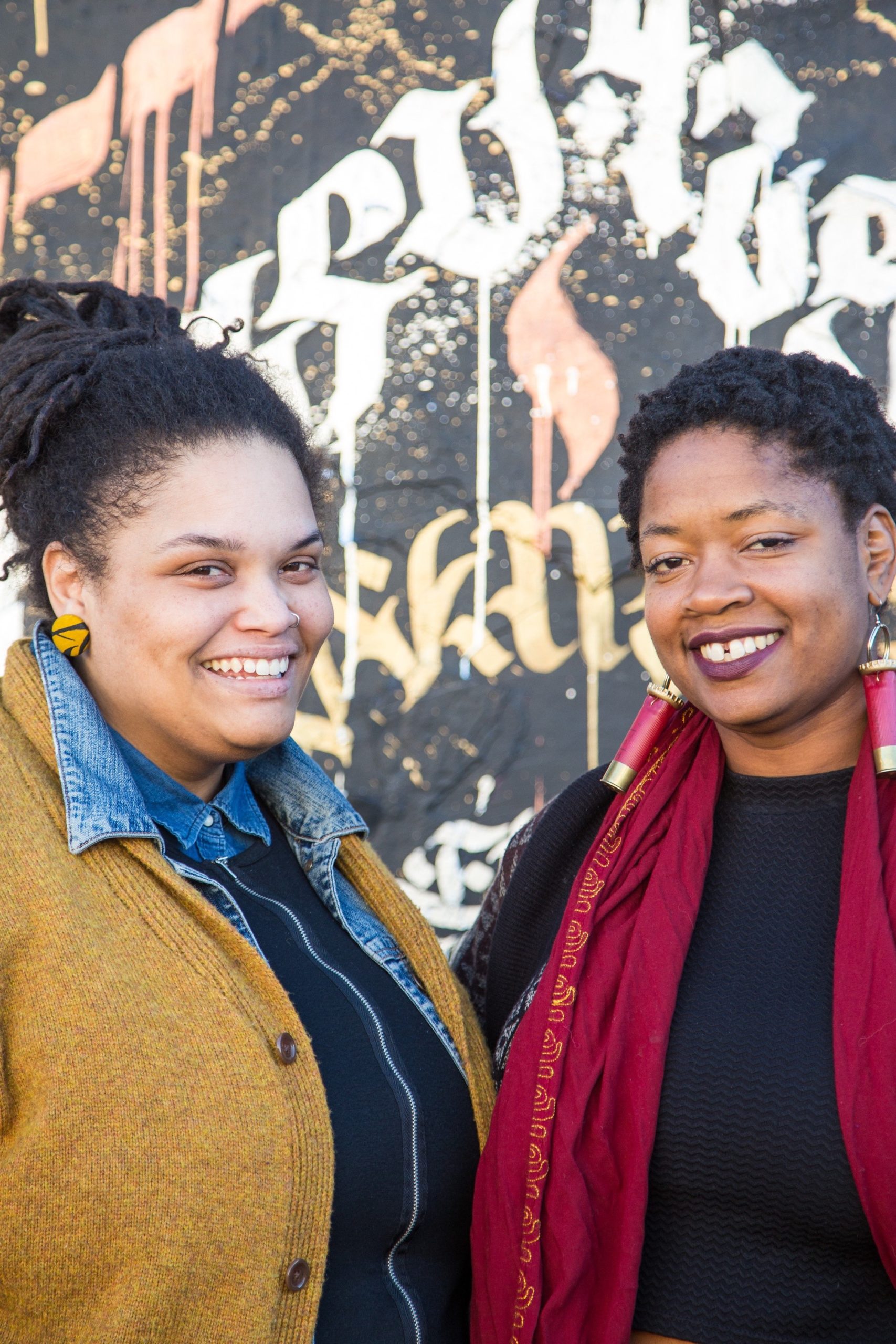
Free Black Dirt was born serendipitously in a community college LGBTQ literature class in 2001, when two nerdy Black girls connected for the first time. And to what extent, we are joyously and curiously still discovering. We are Erin Sharkey and Junauda Petrus, and Free Black Dirt is our love child of creativity, boldness and desire to create a world of narrative, story and transformation that will amplify the healing and holding that goes on in this world. We grew up being book worms and library loiterers, who read books that we loved and seldomly saw ourselves in, our Black selves, queer selves, our limitlessly magical selves. This omission of our youth, in part, inspires our vision and intentions as cultural producers and artists. Growing up, we time- and space-traveled into the worlds of visionary feelers and healers, such as Audre Lorde, Toni Morrison, Outkast, Mae Jemison, Geordi LeForge, Octavia Butler and Sun Ra, to name a mere few, instilling Afrofuturism and prison abolitionism within the essence our marrow and our work.
Our partnership and soulful dialogue as two individual spirits has been a central part of the power of our work as a collective. As part of our introduction to the curated series of writings with Mn Artists, we wanted to share a conversation with each other, in reflection of our journey together and the place we find ourselves in, being creatives at this time.
erin sharkeyWhat are you excited about in terms of the black creatives community in Minnesota?
junauda petrusI am interested in the multiple layers of creativity that is happening, that is in reflection of where we are now and what we could be as Black Minnesotans. The diversity of Blackness in Minnesota and how it shows up in the art that is created is of a particular ecology unique to here. I think the immensity of the Black diaspora in Minnesota is becoming more present in the art. I was born and raised here, and am seeing a Black creative renaissance, that holds space for queerness, gender-queerness, vast and diverse spirituality, of being raised by parents of another race, or being born in Liberia, Somalia, Trinidad, Sudan or Nigeria, or anywhere else in the Black diaspora. Somehow, all of us Black folks are here making home on Dakota land. And making art about it. The artists in town here inspire me and excite me, and I love the kinds of collaboration I get to do within my own work and with Free Black Dirt.
Another thing I love about art in Minneapolis right now is that folks are thinking about making actual policy change and making money. The legacy of Black folks generating innovative culture and art and dying broke is over. As an artist, I am no longer interested in just selling out the venue, but I want to own it too. The focus of Free Black Dirt this year is to sustainability and abundance. We are interested in building a future that will allow for sweetness and joy.
jpWhat do you imagine our Free Black Dirt legacy will be?
esTime travelers! I think we will be remembered and we will be a premonition.
I hope that we are remembered for the way we embraced abundance. I have no doubt we will continue to practice alchemy, making magic creations for our communities and that we will craft a number of spell books, so that others can see how we discovered our processes and our spells.
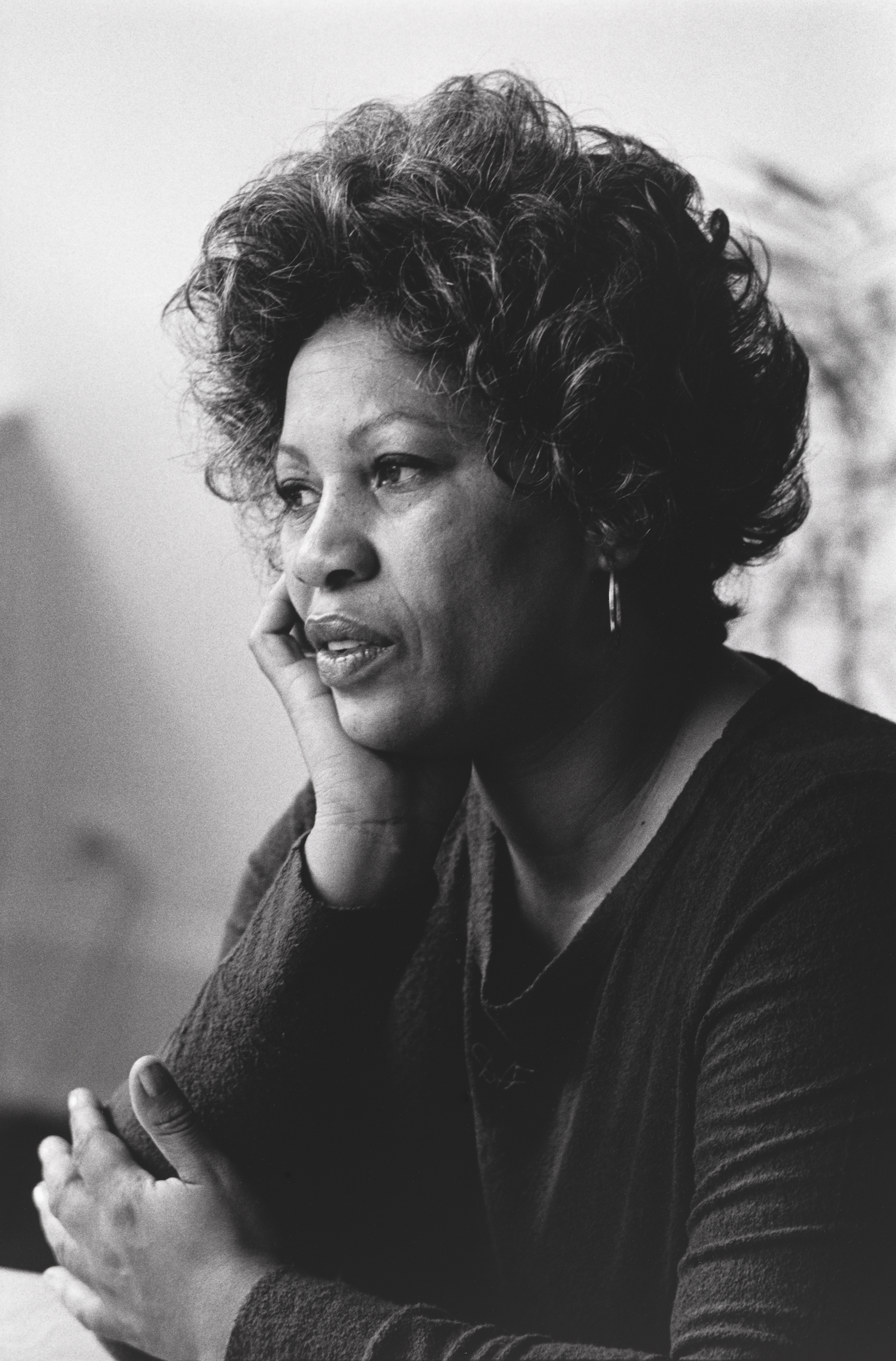
esWhat do you like best about our partnership?
jpGetting to spend so much time with one of my favorite people on the planet, the elegant, extraordinary, electrifying Erin Sharkey! I don’t know how I got so blessed and highly favored in that I get to spend a copious amount of time with my best friend, and we get to try and save the world and save ourselves through the insistence of art and the ritual of healing. All the stuff that we get to do together has made me realize that is the way life is supposed to be for Black folks. Black folks are not supposed to spend our whole lives in cubicles, under fluorescence, away from beloveds, distracted away from our spirit and solely focused on acquiring money for people we will never meet who are too rich anyway. We should get to be free and live lives of curiosity, healing and wildness.
Most of my life until Free Black Dirt, I was struggling to make sense of my queer, wild-spirited, free-Afrikan self in work spaces that were, in a sense, inherently shaped for the upholding of White supremacy and the erasure of narrative. In these spaces, so much of my work was putting effort into suppressing my true soul, so that I could show up in the ways I was expected to in the White-centric spaces I was earning my money. Free Black Dirt changed me and my sense of possibility. Erin and I get to be in soulful conversations and intentional actions with each other all of the time, and it’s focused on our people, our future and our magic. We get to be witches, creators, lovers, dreamers, makers and manifesters, and get to look into the face of another Black woman and be affirmed no matter what.
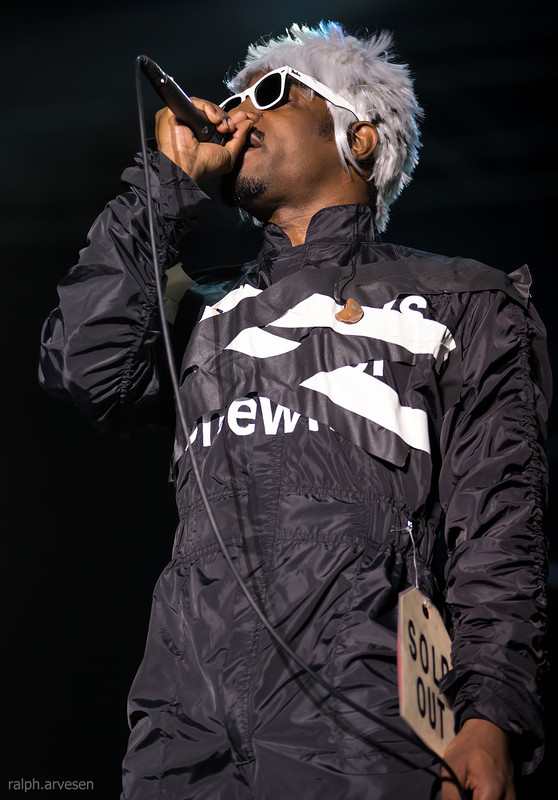
jpWhat Afrofuture dream are you living now that you didn’t know existed when you were a nerdy little black girl growing up in the world?
es A number of years ago, I remember seeing a photo of Toni Morrison and Alice Walker in a casual space, like somebody’s dinner room or living room, posed after a gathering or a birthday–you know, that moment right before the first sister leaves, when the archivist of the group remembers to capture it. Toni Morrison is wearing this amazing metal bib necklace and a leather jacket. June Jordan is there too, and Ntozake Shange. When seeing it I had an epiphany that my favorite writers had community, and that that community was sometimes with each other.
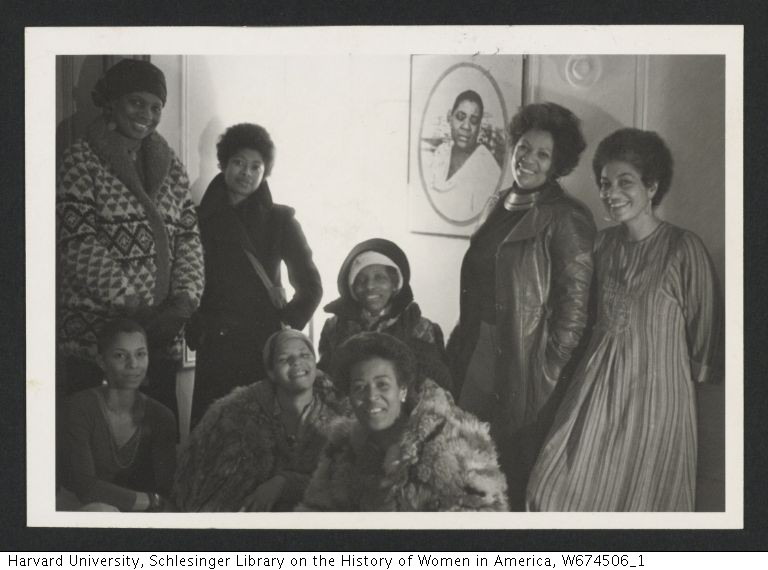
There was definitely a time when I believed that writers and artists made work in a vacuum, a little sun-soaked office undisturbed by the world, just clicking away on a old typewriter. Alone. I didn’t imagine that they had friends.
This was one of the big hurdles for me, mentally and spiritually, in terms of finding a writing practice that made sense from my life and personality. Sure, there is the need for quiet contemplation, but I didn’t know that my hunger for connection could could be met while I was feeding my expression.
jpWho are you creative mentors, living, dead or imaginary, who inspire you as a creative?
esI find inspiration from so many places. We’ve both been so inspired by our relationships with the brilliant, generous, witchy, time traveler Alexis DeVeaux. She is most definitely a liberation engineer. Under her wing is one of the best places.
Lucille Clifton’s careful observation is something I have been studying for years, and will continue to study. And the dense compactness of her description. I was re-reading “The Lost Baby Poem” again recently; it’s such a winter poem and reflects on the way she time travels. She is speaking to foreclosed possibilities, to living with a warm breathing loss. She writes, “If I am ever less than a mountain/….let the sea take me for a spiller of seas.” If that poem isn’t a gut punch, I have never read one.
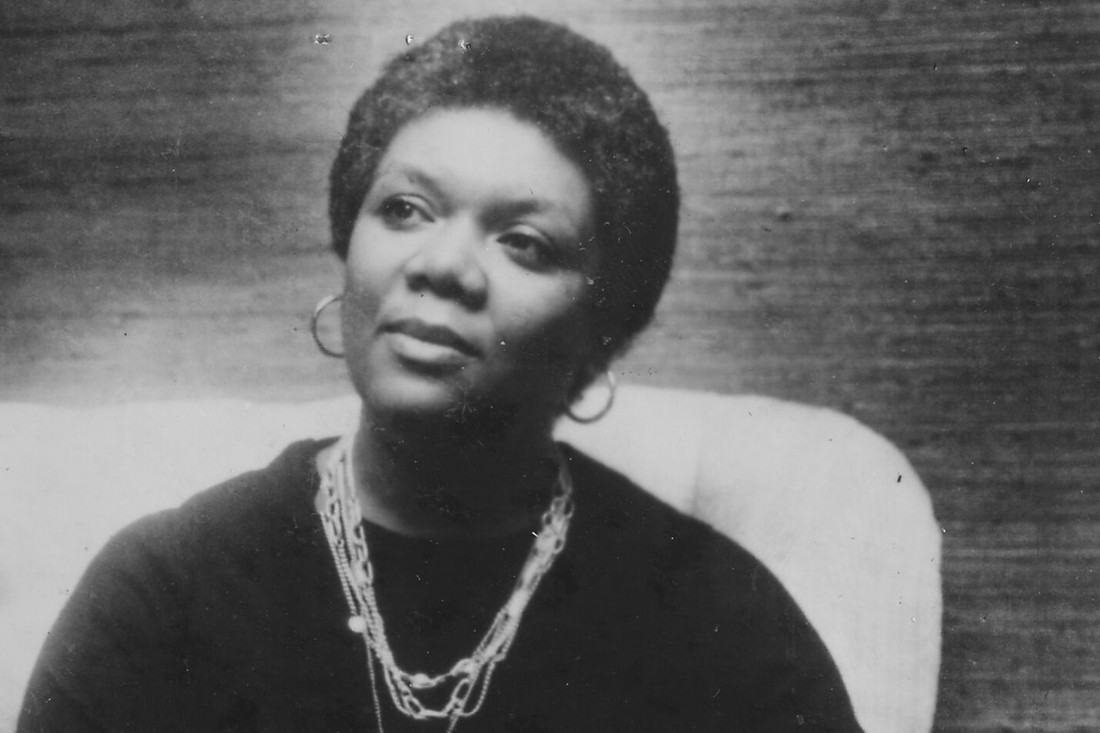
In terms of a mentor in the imaginarium, I think after I travelled to Mississippi to do genealogical, ancestral research and was able to fill in some of my family tree, something bloomed inside my imagination. I am now curious about the lives of the real people in my line. Who could be counted on to crack jokes, who had an eye for design, who was the family storyteller and story keeper? Knowing a little about them, their names and vital dates, has begged that they be fleshy and familiar.
esHow have your voice and your vision been shaped by being alive and making in Minnesota in this time?
jpIt has taught me to trust my truth and luxuriate in it and allow it to guide me. I think being Black and queer and a lover on Dakota land, in the love of Prince our ancestor, and navigating healing while a White Supremacist fuck boy is in presidential office has forced me to be more bold and unapologetic of my sweetness. I’m a dreamer and I realized that I am also a manifester. I am 36 years old, and I am stepping into a stage of being a boss and I love it. I am releasing feelings of doubt and fear, and exchanging them for feelings of possibility and limitless love. And ecstasy. That is the the Afrofuture to me, abundance and ecstasy!
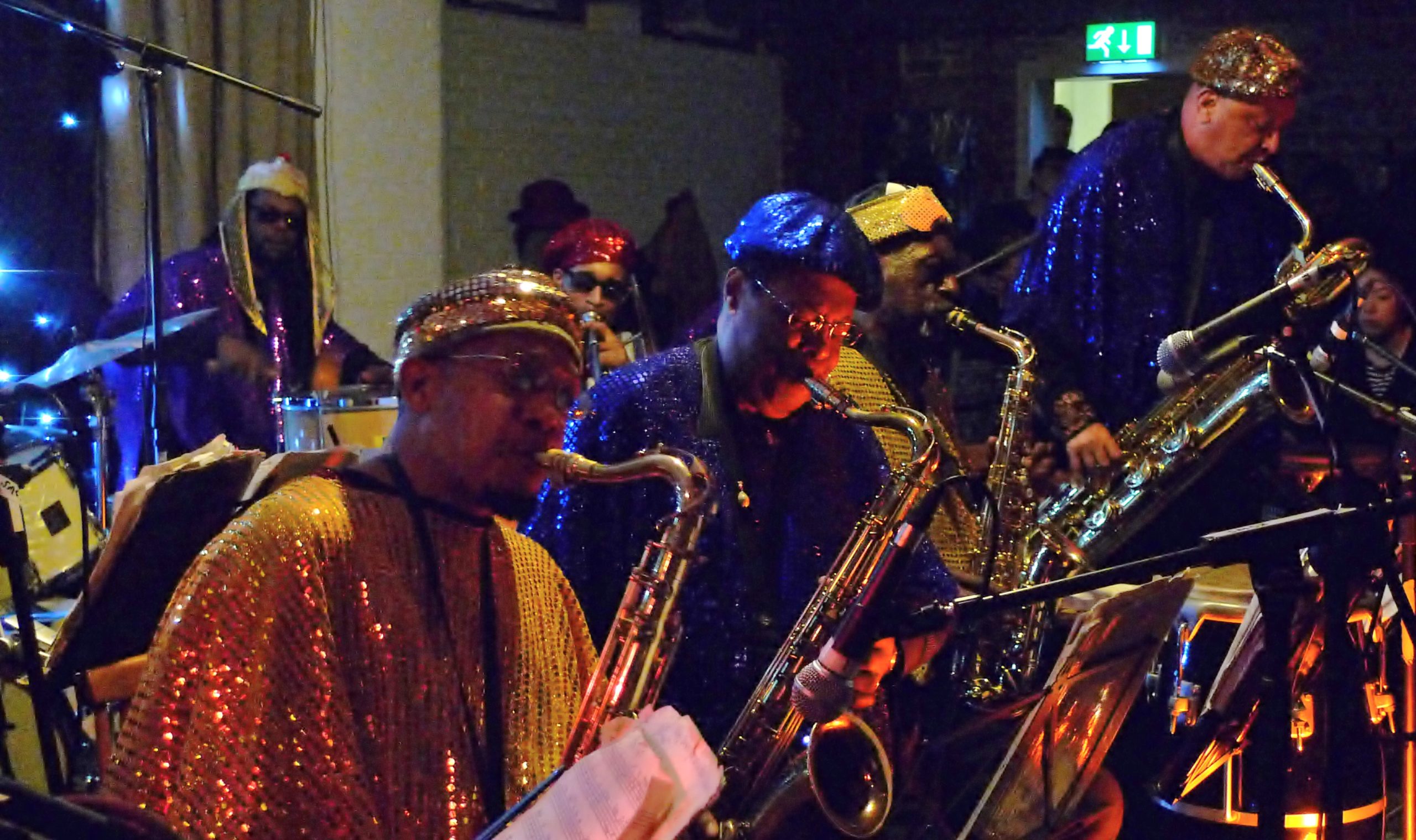
We are all in conversation. With ourselves, with our peers, with our heros, with our ancestors, known and unknown to us, and it is in these conversations we transmit the tools we need to innovate into the future. It is our belief in our work, as Free Black Dirt, that we make each other better. We are so honored to be making art in this community, in this time.
For the next three months, we hope to let you in our this dialogic, generative energy, by inviting some of the most exciting thinkers, writers, artists we know in Minnesota to reflect on their aesthetic influence and artistic process.